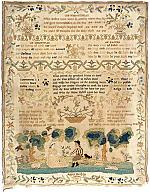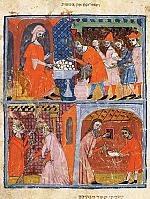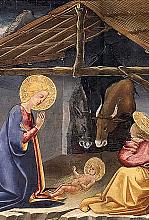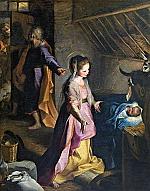Fast and Feasts: A note from the author
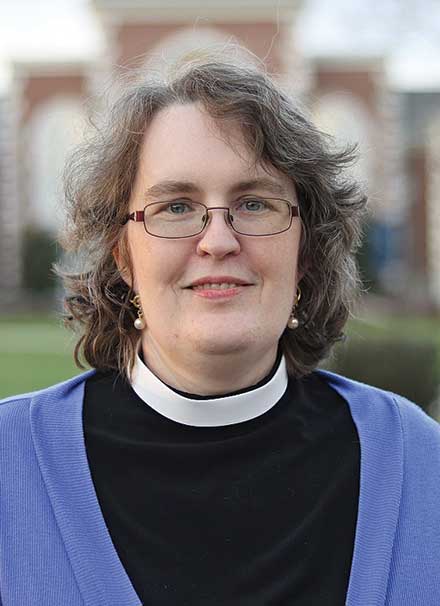
[ABOVE: Jennifer Woodruff Tait]
Are there any who are devout lovers of God?
Let them enjoy this beautiful bright festival!
Are there any who are grateful servants?
Let them rejoice and enter into the joy of their Lord!
—John Chrysostom, Easter sermon, c. 400
Think about how you would tell the story of your own life to someone else—and the story of your life with Christ. Are there events you particularly remember? Are there times of happiness and times of sorrow? What has been the rhythm of your days?
One of the distinctive aspects of the Christian faith is that it is a story rooted in time, based on the story of a Savior who lived at a moment in history that we can pinpoint. Because they were aware of this, Christians began very early to celebrate the life, death, and Resurrection of their Savior by using time. Weekly at first, and then yearly, joyful commemorations and penitential periods developed; over the first few centuries of the church they achieved a rhythm, year in and year out, intended to help believers grow in faith and become closer to their Lord.
Discovering the “work of the people”
This Fasts and Feasts guide is an introduction to this rhythm —to inform you about its history and, perhaps, give you ideas to make it part of your own discipleship or that of your church. A few overall guidelines may help you get the best use out of it:
• Some Christians use the word “liturgy” to exclusively describe worship in churches that is formal, somewhat unvarying, and generally written down. But in fact the word means “the work of the people,” and every act of worship has a liturgy. Paying attention to what you and your church already do (or do not do) around these feasts and fasts—and why—will help you better understand the stories about how these observances developed.
• To make things simple, the Gregorian calendar has been used throughout to give dates, even though some of these dates were or are set according to the Hebrew or Julian calendar, or may originally have been identified with the calendar of the Roman Empire. You can find many online resources to help with calendar conversion if that interests you.
• This guide is generally aimed at Western Christians, since that describes most of the readers of Christian History. We’ve done our best to also indicate the basics of the church year in Eastern Orthodoxy, but the overall structure follows Western traditions where the two differ. Our Recommended Resources (pp. 50–51) lists some books to help you understand Eastern Christian worship more deeply.
• Similarly, though we know we have readers from Roman Catholic, Anglican, and Lutheran traditions (often called “high church”), we recognize many readers of this guide will be from “low church” traditions—churches that typically do not emphasize ritual and liturgy—but who still want to learn about how the church year guides Christians through a rhythm of fasts and feasts. Therefore we have (we hope!) tried to explain terms and practices that may be unfamiliar.
• Finally, the purpose of liturgical celebration is not to earn our salvation. Jesus already did that! It is to deepen our knowledge of and love for him.
Happy reading, thinking, praying, and celebrating! CH
By Jennifer Woodruff Tait
[Christian History originally published this article in Christian History Issue #156+ in 2025]
Jennifer Woodruff Tait is Senior editor, Christian HistoryNext articles
Jewish fasts and feasts
Christian fasts and feasts developed against the background of Jewish practices
Jennifer Woodruff TaitAwaiting his coming
Advent preparation spans the four Sundays before Christmas
Jennifer Woodruff TaitCelebrating Christ’s birth
The name “Christmas” is a shortening of “Christ’s Mass” in Middle English
Jennifer Woodruff TaitSupport us
Christian History Institute (CHI) is a non-profit Pennsylvania corporation founded in 1982. Your donations support the continuation of this ministry
Donate



